Performance Analysis
With two BIOS switches and three modes within each of those via Radeon WattMan, the RX Vega 56 Nitro+ can operate in many different states. Out of the box, the so-called Nitro Boost was hitting speeds of around 1,470MHz consistently, which is ironically basically the same as the reference boost clock and some way off the advertised 1,572MHz. Switching to the Turbo profile (increases power limit 15 percent) saw an improvement with the card now reaching 1,500-1,520MHz easily. The secondary 'Efficiency' BIOS drops average boosting to about 1,325MHz, while limiting the card even more by putting it into its Power Save profile saw sub-1,300MHz speeds as the norm. This range of frequencies triggered mainly by power limitations has an impact on performance. For example, the difference between the highest mode and the lowest is over 11 percent in 3DMark Time Spy. Another way of looking at it is that Efficiency BIOS effectively makes the card identical in performance to a reference RX Vega 56 card. We can't see many people using this option, but we figured it was worth seeing what it did anyway.
All other results were obtained as the card comes (overclocked BIOS with Balanced profile in WattMan). Compared to the reference RX Vega 56, this sees it obtain performance that's better by just over six percent. Equally, the vanilla RX Vega 64 stays ahead by a similar amount on average, so it isn't enough to catch the model above.
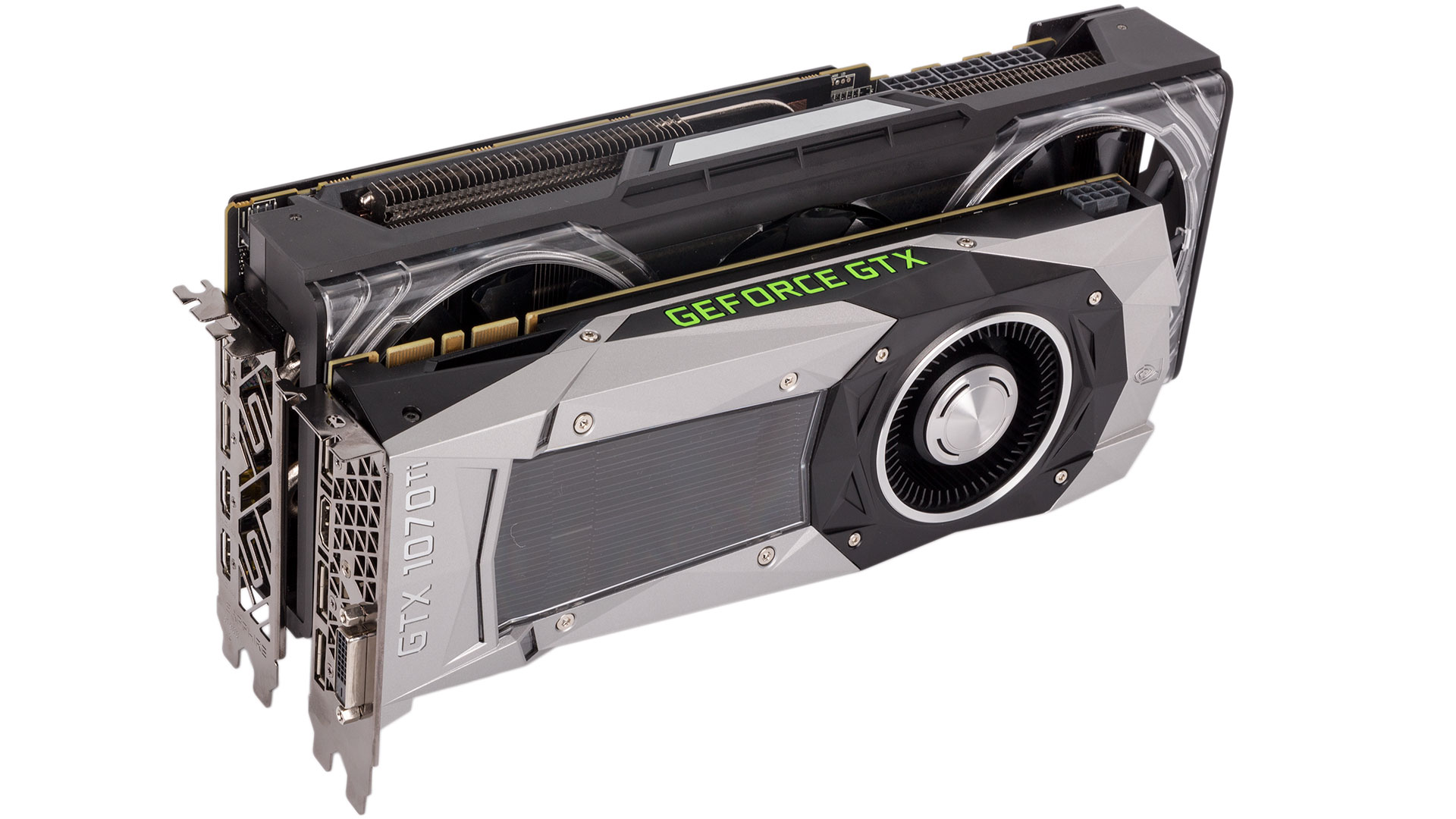
As far as Nvidia cards go, this new model comfortably beats a Founders Edition GTX 1070 Ti, and given that Nvidia doesn't really allow overclocking on this GPU from board partners, it will likely beat every one on the market unless you manually overclock one yourself. There's lots of variation in this comparison, but on average it's an 11 percent win for the Sapphire card in games; some synthetics are more favourable to Nvidia. The custom RX Vega 56 part does have lower minimum frame rates in Total War: Warhammer II, suggesting a bottleneck of sorts, but otherwise it's a clear victory, and it has an especially strong result in the Vulkan title (Wolfenstein II), which is unsurprising.
While marketing materials point at the GTX 1070 Ti being the card this one is positioned against, in terms of price the GTX 1080 and overclocked variants are also fair game. Here, the Sapphire card comes a little unstuck, losing in the majority of tests. It does win in Forza 7, but both cards have very high frame rates here, so it's not that meaningful, and the same applies in Wolfenstein II, the only other title in which it trumps the GTX 1080. The latter is heavily favoured in synthetic tests too, coming out 12 percent quicker on average across 3DMark and VRMark.
Ultimately, the Sapphire RX Vega 56 Nitro+ is most comfortable at 1440p, as its frame rates here are always smooth. Some titles will be fine at 4K even (three of our six are), but this is the resolution at which the card will really start to strain, as evidenced by the unplayable frame rates in Deus Ex, Middle-Earth: Shadow of War, and Total War: Warhammer II, so if this is your target resolution you'll likely have to lower settings from time to time. To be fair, the same is true of the GTX 1080.
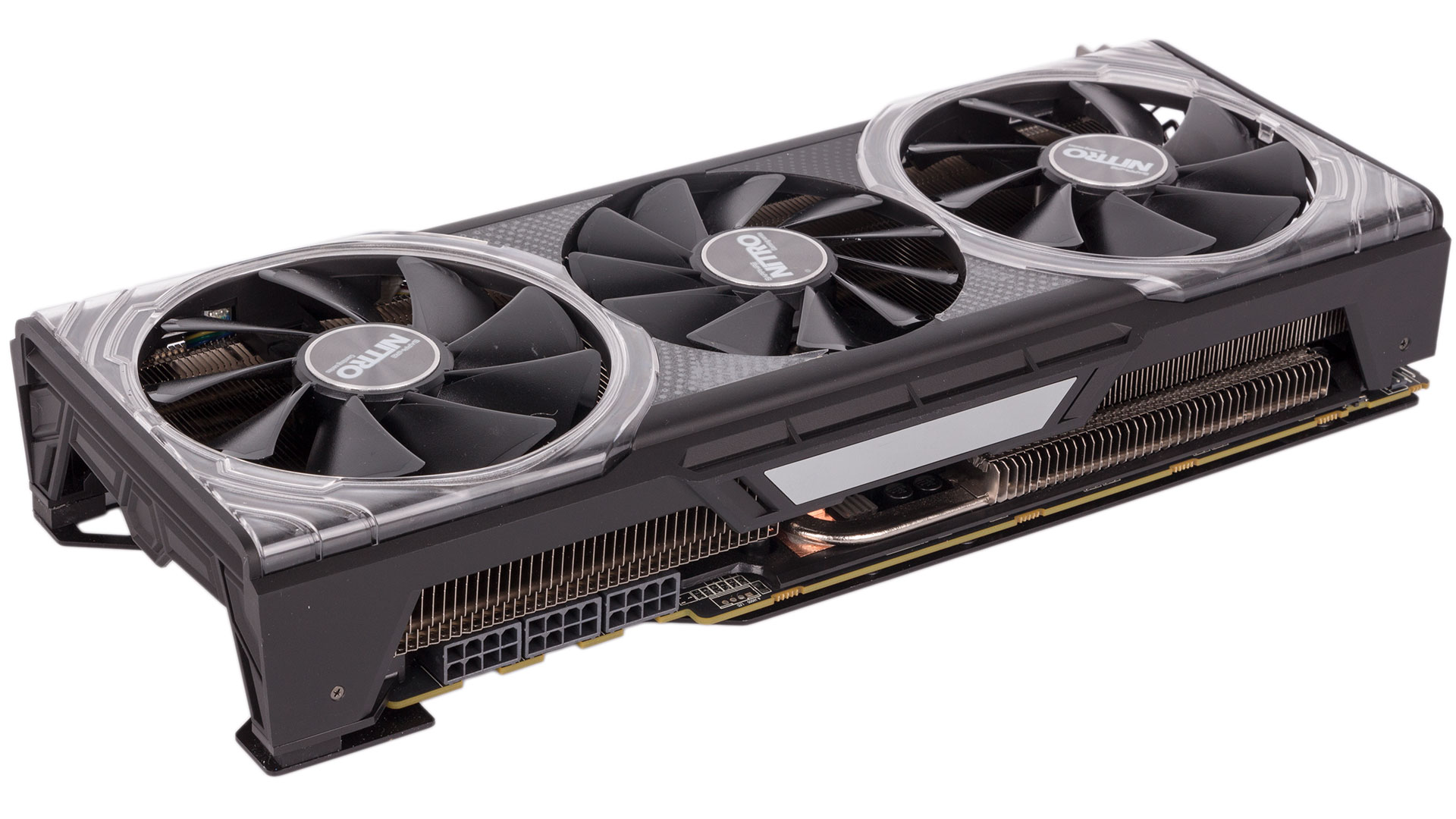
The differences in clock speed and performance between the various BIOS switch positions and WattMan profiles is reflected in the power consumption figures. The most conservative option gave us system power consumption of 293W, but this rose to a staggering 419W (higher than reference RX Vega 64) in the most power-hungry one, which is a huge range.
For temperatures and noise, the secondary BIOS' deliberate power limitations keep the delta T down to a cool 31°C, and the fans spin at their lowest value of 27 percent (about 1,150 RPM), which makes the card very quiet indeed. This fan speed was also observed in the normal overclocked BIOS, although the delta T jumped by 10°C. It was only by switching this BIOS to its Turbo profile in Radeon WattMan that we saw fan speed having to increase – it was still only around 30 percent (just under 1,200 RPM), but there were the odd spikes to about 1,400 RPM. These were very short-lived, though. This mode also saw a further increase in the delta T, which capped at 45°C. This is still 7°C lower than the reference card, and remember it's much quieter too.
We found the overclocking results a little disappointing. With so many power plugs and VRMs available, we were hoping the power-hungry Vega chip would eat it up and soar into massive frequencies, but raw clock speed is evidently a limiting factor too – we couldn't get the core much past 1,650MHz. It's not an efficient overclocker, either, with system power consumption now reaching nearly 500W. For reference, GTX 1080 Tis, which far outclass the performance here, have our system comfortably under 400W. Fan speed and temperatures also go up, but not too drastically – the massive cooler can still handle itself well. To be fair, performance did improve by between seven and nine percent, which was enough to eclipse a reference RX Vega 64 card and, in one instance, a GTX 1080 OC SKU.
Conclusion
The loud and hot reference design of the RX Vega parts left plenty of room for board partners to come in with more lavish designs. However, this room remained vacant for months on end, and for a card that was already considered late to the table when it arrived in August, custom variants like this now seem even more outdated – they could really have done with being ready at launch or weeks after rather than months.
Still, it is what it is; at least they're trickling through to us now. So, is the Sapphire RX Vega 56 worth a second look for those who liked what they originally saw but were put off by the reference cooler?
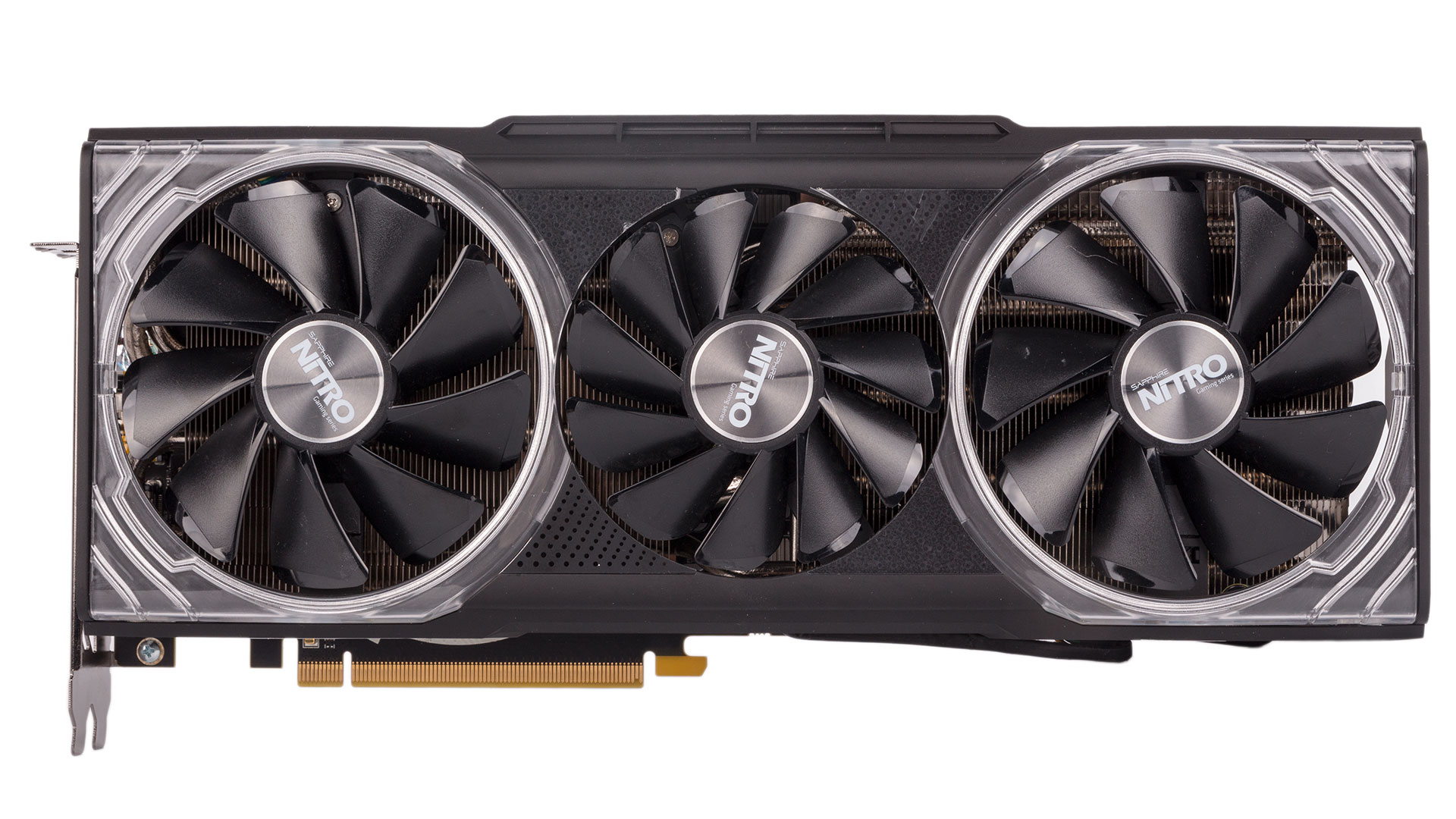
It's not the easiest question to answer. For one thing, prices have gone up massively. Launched at £400, the RX Vega 56 is now tough to find for less than £500, and stock levels are consistently low as well. The rough conversion from the US MSRP of $569 excluding tax comes to about £510 with tax included, but we can't actually see it listed anywhere, and we're doubtful whether Sapphire can maintain this given how much even basic reference cards retail for, making it even harder to pass judgement. Even if it can, this card still finds itself competing with lower-tier GTX 1080 SKUs, and honestly those will be a better bet for most people – the GTX 1080 tends to be faster and is definitely less demanding when it comes to space and power consumption.
That said, Sapphire has clearly put a lot of work into this design, and to our eyes it's paid off. The quick-swap fans, great RGB lighting coverage, VR-friendly display outputs, onboard fan headers, and bundled GPU support bracket are all welcome features, and the cooler does a fantastic job taming the power-hungry Vega GPU, consistently reporting lower temperatures and outputting very little noise. You'd hope so given the size, of course, but it's true nonetheless.
It's not all good news, however. The RGB lighting could benefit from more complexity, and the fact that the card doesn't boost to its rated boost clock is a shame. It's probably a power limit issue, but we were hoping for more. Overclocking performance was also disappointing given the available power here, although being able to surpass a stock RX Vega 64 is nice at least. It also only comes with a two-year warranty rather than the preferred three.
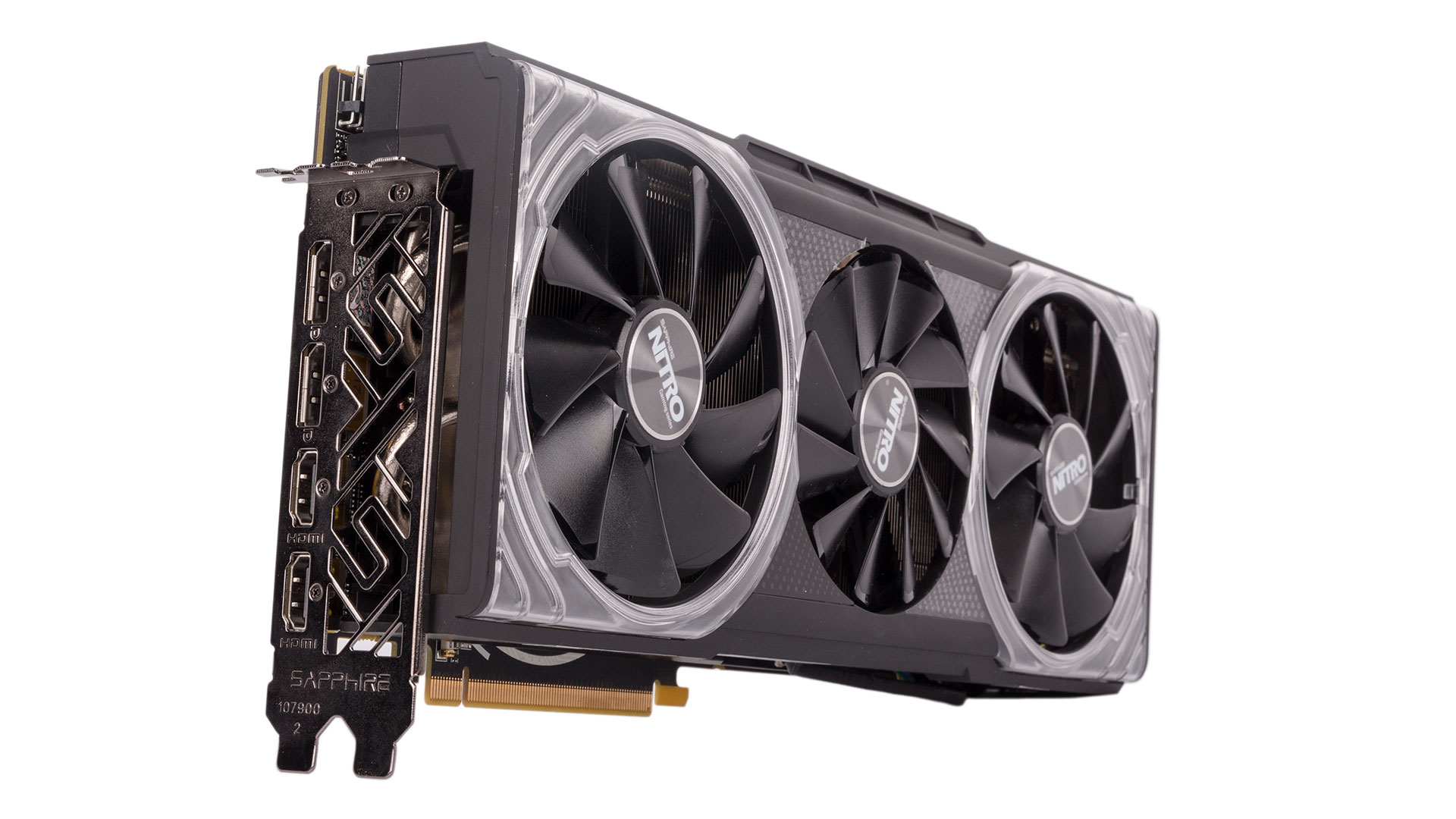
Ultimately, it all depends on how much the card is actually available for when it appears online. £540 or below seems acceptable, but above this you're pushing into premium GTX 1080 territory, which is a much harder fight for this card to win. If you are dead set on AMD hardware, the RX Vega 56 Nitro+ is a fantastic card in most regards and one that outclasses the reference design at every turn – assuming you have the room to house it and can afford the premium it demands. The fact that we have GTX 1080 Ti style coolers on a GPU that performs considerably worse is telling when it comes to the efficiency difference between the red and green teams at the moment.
One advantage AMD continues to hold is FreeSync. Variable refresh rate screen drastically improve gaming experiences, and the fact is that FreeSync is a far cheaper ecosystem than G-Sync. Sure, many people spending this much on a GPU will also have wads to spend on a new monitor, but others will be less inclined to make two blowout purchases, and FreeSync goes a long way to alleviating that. This plus the possibility of a not too ridiculous asking price means that the Recommended award below is tentative, but if Sapphire is able to keep prices in the low £500s, this is a strong choice for a fully kitted out RX Vega 56 card.


MSI MPG Velox 100R Chassis Review
October 14 2021 | 15:04

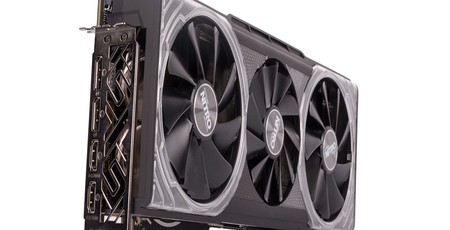
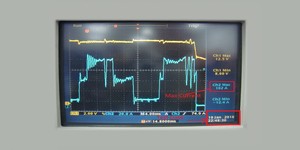
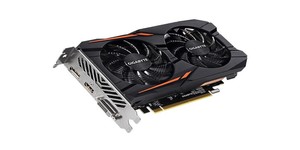
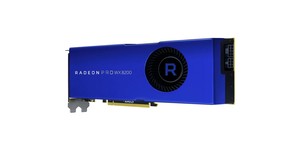




Want to comment? Please log in.